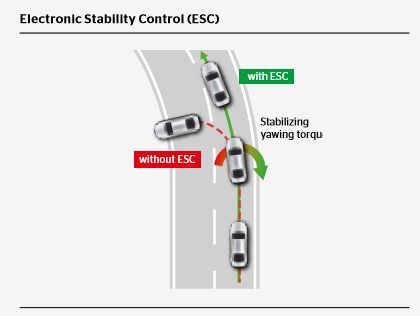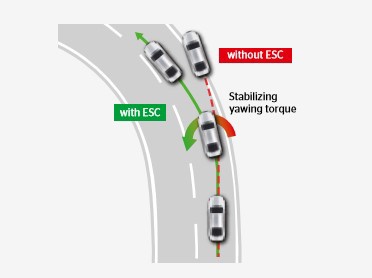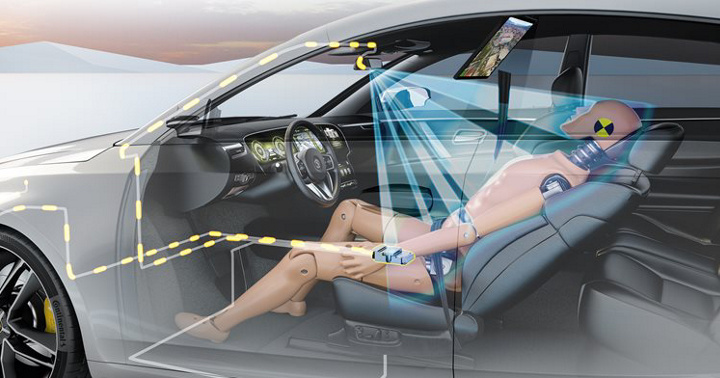ESC is an important safety system that prevents critical vehicle states from developing. ESC is also the prerequisite for other safety technologies, such as driver assistance systems.
The ESC system constantly evaluates the data from the wheel speed sensors, steering angle sensor, yaw rate, and lateral acceleration sensor and compares the driver’s input with the vehicle’s actual behavior.
If an unstable state is detected, for instance as the result of a sudden direction change, ESC responds in milliseconds and stabilizes the vehicle through wheel-specific brake intervention and adjustment of the engine torque.
The ESC systems offer analog-controlled, infinitely variable valves for minimal pedal vibration and optimally dosed pressure build-up in the automatic braking process of Adaptive Cruise Control (ACC) right up to bringing the vehicle to a complete standstill in stop-and-go traffic.





